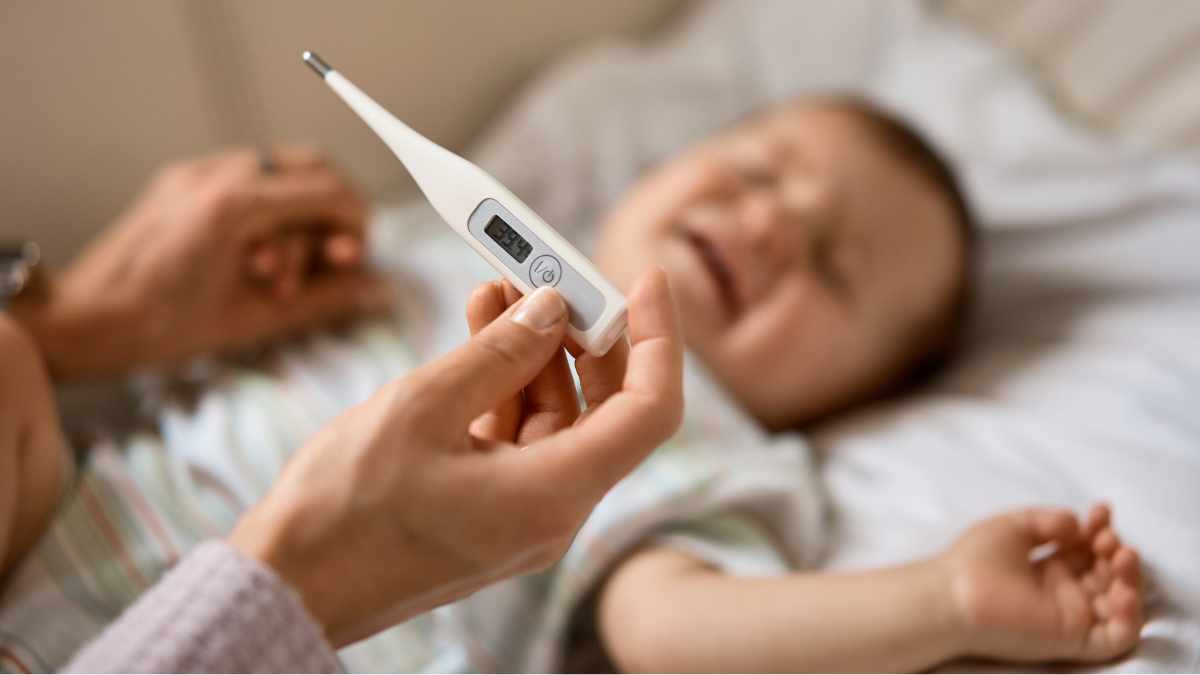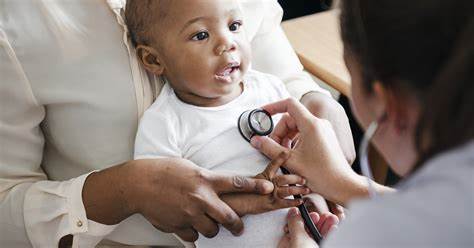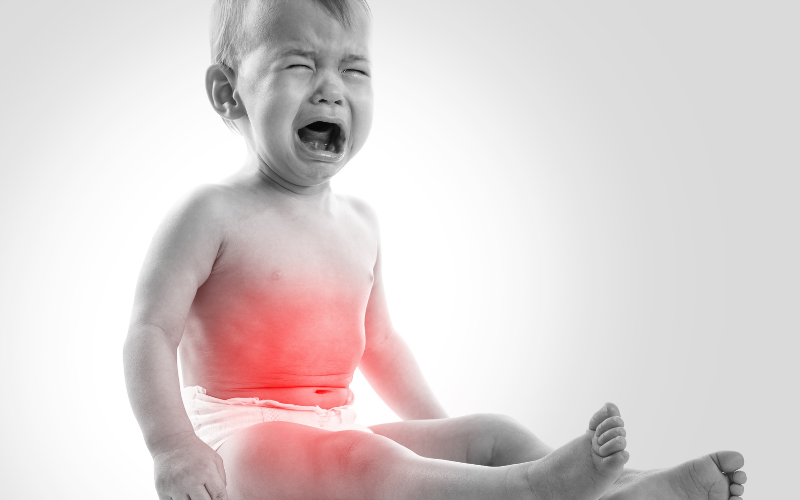Cleaning baby bottles without a sterilizer is entirely feasible and ensures your baby’s feeding items remain safe and hygienic. While sterilizers offer convenience, traditional methods like thorough washing and boiling are equally effective. This guide provides a comprehensive, step-by-step approach to cleaning baby bottles without a sterilizer.
Why Proper Cleaning Matters
Infants have developing immune systems, making them more susceptible to infections. Residual milk can harbor harmful bacteria if bottles aren’t cleaned properly. Ensuring bottles are meticulously cleaned after each use is crucial for your baby’s health.
Essential Supplies
Before you begin, gather the following items:
- Bottle brush: Specifically designed to clean baby bottles.
- Nipple brush: For cleaning bottle nipples thoroughly.
- Mild dish soap: Preferably unscented and free from harsh chemicals.
- Clean basin or bowl: Dedicated solely for washing baby items.
- Tongs: For handling hot items safely.
- Drying rack or clean towel: For air-drying bottles and parts.
Step-by-Step Cleaning Guide
- Disassemble the Bottle
Separate all components: bottle, nipple, ring, and cap. This ensures each part is cleaned thoroughly.
- Rinse Immediately After Use
Rinse each part under running water to remove any milk residue. This prevents milk from drying and sticking, making cleaning easier.
- Wash with Hot, Soapy Water
- Prepare Cleaning Solution: Fill the clean basin with hot water and add a few drops of mild dish soap.
- Scrub Each Part:
- Bottle: Use the bottle brush to scrub the interior thoroughly.
- Nipple: Use the nipple brush to clean inside the nipple, ensuring the hole is clear.
- Other Parts: Clean rings and caps meticulously.
- Avoid Using the Kitchen Sink: Sinks can harbor bacteria; always use a dedicated basin.
- Rinse Thoroughly
After washing, rinse all parts under running water to remove soap residue. Ensure no bubbles remain, as soap residue can upset your baby’s stomach.
- Air-Dry Completely
Place all parts on a clean drying rack or towel in a dust-free area. Allow them to air-dry completely before reassembling or storing. Avoid using dish towels to dry, as they can transfer germs.
Optional: Sterilizing Without a Sterilizer
While regular cleaning is usually sufficient, occasional sterilization adds an extra layer of safety, especially for newborns or during illness outbreaks. Here are methods to sterilize without a dedicated sterilizer:
Boiling Method
- Fill a Large Pot: Place disassembled bottle parts into a pot and cover with water.
- Boil: Bring water to a rolling boil and continue boiling for at least 5 minutes.
- Cool and Dry: Use tongs to remove items and place them on a clean surface to air-dry.
Bleach Solution
Use this method only when boiling isn’t feasible:
- Prepare Solution: Mix 2 teaspoons of unscented bleach with 1 gallon (16 cups) of water in a clean basin.
- Soak Items: Submerge all parts, ensuring no air bubbles are trapped.
- Soak Duration: Let them soak for at least 2 minutes.
- Dry: Remove with clean tongs and place on a clean surface to air-dry. No rinsing is necessary, as residual bleach will break down during drying.
Storage Tips
- Assemble After Drying: Once completely dry, reassemble bottles to prevent contamination.
- Store Properly: Keep assembled bottles in a clean, covered container or cabinet until use.
Personal Experience
In my experience, establishing a routine made the process manageable. I designated a specific basin and brushes solely for baby bottle cleaning, ensuring no cross-contamination. Regular boiling, especially during the first few months, provided peace of mind. Over time, as my baby grew and their immune system strengthened, I transitioned to just thorough cleaning without regular sterilization.
Conclusion
Cleaning baby bottles without a sterilizer is entirely achievable with diligence and the right techniques. By following the steps outlined above, you can ensure your baby’s feeding equipment remains safe and hygienic. Remember, consistency is key to maintaining cleanliness and ensuring your baby’s health.





